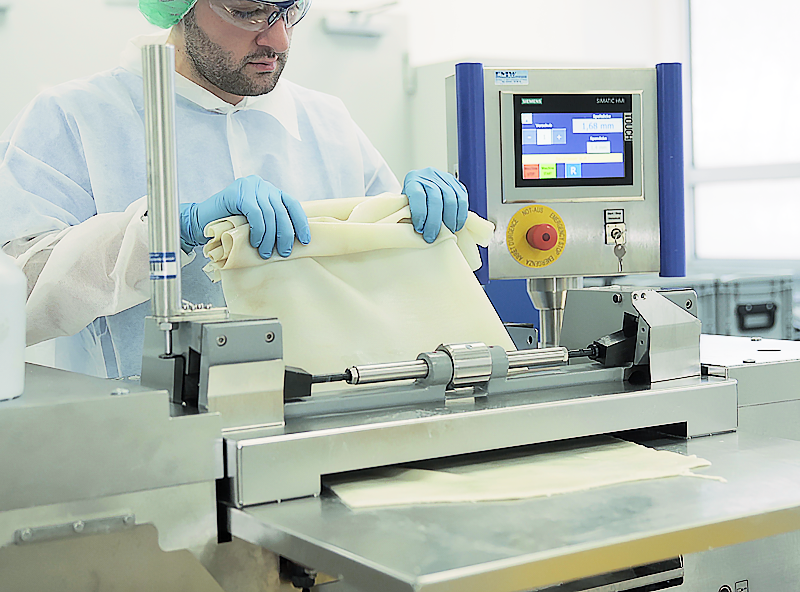Research and Development
New biomaterials, technology platforms and treatment concepts.
We are actively shaping the future state of art, so that new treatment concepts and new biomaterials help to improve patient well-being. biotrics invests substantially in innovative development projects and new technology platforms. We are able to take a product from its idea to market maturity and through approval.

The choice of raw material determines the product and its applications… and vice versa.
Depending on the desired indication, we carefully select the raw material within the development phase. Based on our many years of experience, we master a wide range of processing technologies in our factory. We can therefore both set and control the desired product properties. During development, we always keep our mission of “regenerating instead of substituting” in mind and develop in compliance with the physiological processes of the human body.
Ongoing projects
Our development always takes place through exchanges with clinical and university partners.
We highly value the opinion of experts and are also prepared to break new ground. Thanks to the support of both the Federal Ministry of Education and Research (BMBF) and the Federal Ministry of Economics and Climate Protection (BMWK), we are also in a position to pursue these paths.
